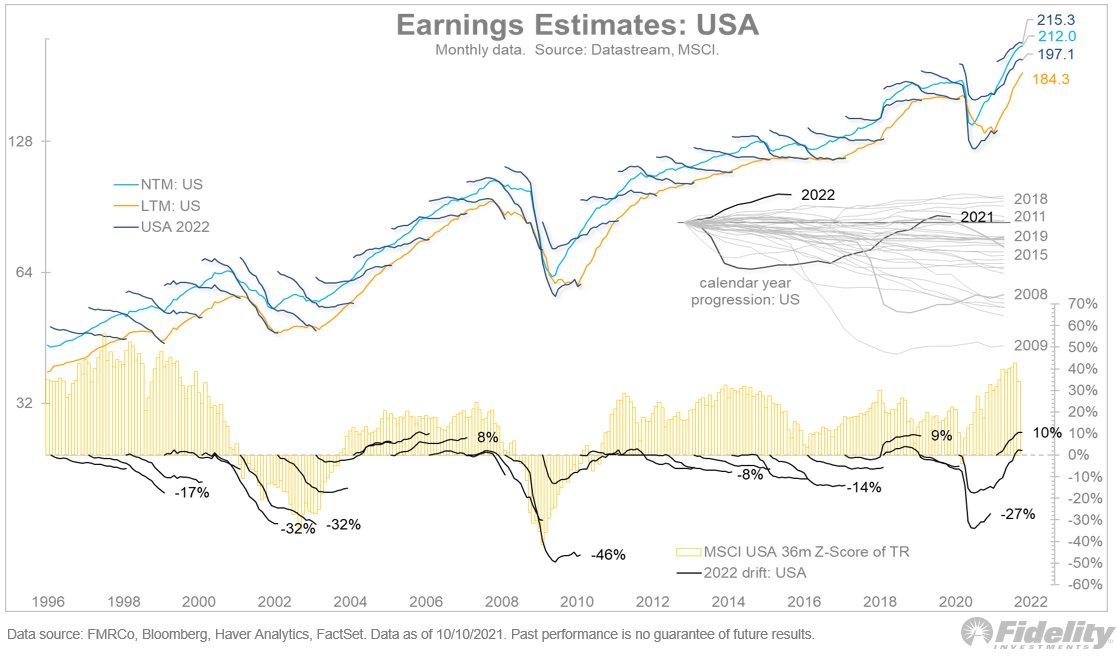
To put the current inflation spike in perspective, let's compare the current cycle to previous economic expansions. This chart shows the CPI index during all expansions since 1870 (as defined by NBER). (THREAD) 

I'm intrigued by the 1940s analog. Unfortunately, we don’t have a true picture of inflation during the 1942-46 cycle, because of war-time price controls. I have seen some estimates that prices would have been 30% higher were it not for the price controls. /2
The next chart shows what commodity prices are doing now and what they have done during past expansions. It’s interesting that the current surge looks a lot like that other post-pandemic expansion of 1921-23. /3 

Another good analog, as seen above, is 1945-48. While commodity prices were suppressed during the 1942-46 period, they were free to let loose after the war. /4
Finally, here is the inflation-adjusted S&P 500. Again, as the chart illustrates, the current cycle looks a bit like 1921-23. /END 

• • •
Missing some Tweet in this thread? You can try to
force a refresh










